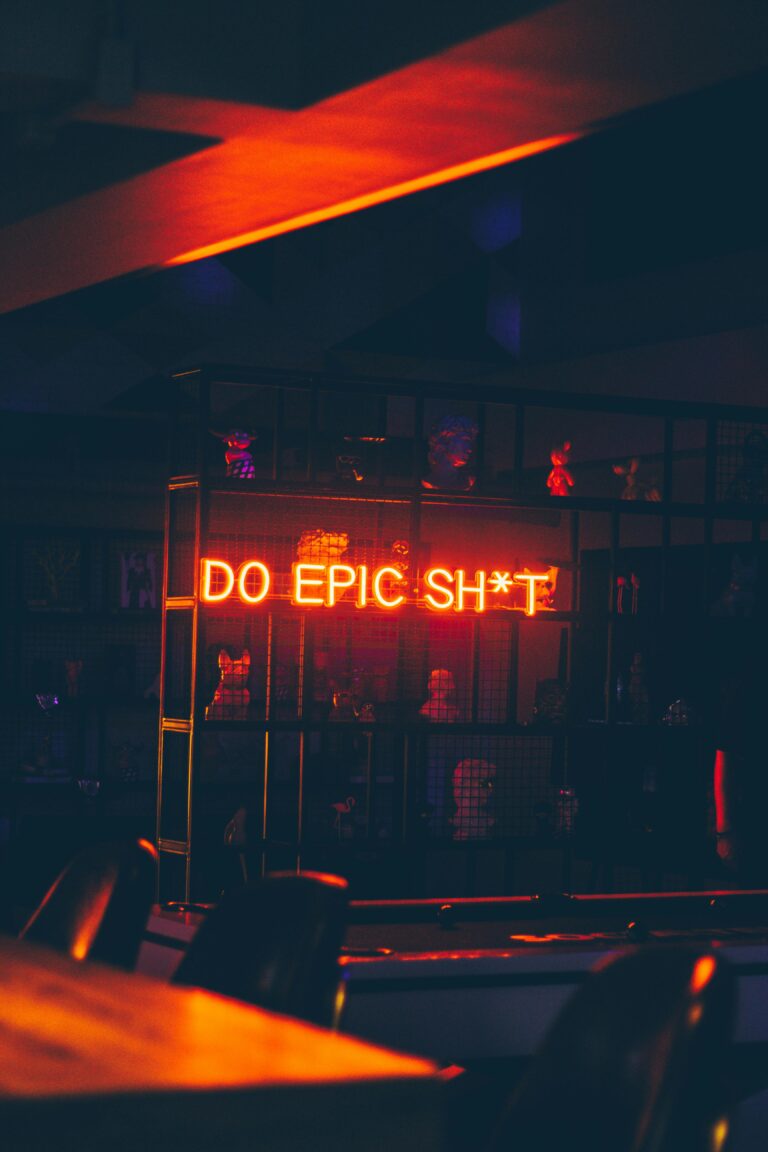The Celebrity Breakdown Economy: Why Public Meltdowns Sell
Once upon a time, a celebrity breakdown was a career-ending event—a public implosion that tabloids feasted on while the star retreated into rehab or obscurity. But today? A breakdown can be a business strategy. In the age of viral vulnerability, emotional collapse isn’t just entertainment—it’s a product.
Welcome to the celebrity breakdown economy, where tears trend, chaos converts, and the line between crisis and content has completely disappeared.
1. The Evolution of the Public Meltdown
In the 2000s, celebrity meltdowns were tabloid gold. Think Britney Spears’ 2007 head-shaving moment, Lindsay Lohan’s arrests, or Kanye West’s public tirades. Audiences consumed these spectacles with a mix of judgment and fascination—an unspoken understanding that fame came with a price.
But social media changed the rules. Today’s celebrities don’t need paparazzi or TMZ—they broadcast their breakdowns directly. Whether it’s an Instagram Live rant, a tearful YouTube confession, or a podcast “truth-telling” episode, stars have learned to control the narrative.
What once ruined careers now revives them. A meltdown, if packaged correctly, can boost engagement, drive streams, and even rebrand an entire persona.
2. Vulnerability as Currency
We live in a culture obsessed with “authenticity.” Fans want their idols to be relatable, real, and raw. The problem? The internet rewards extremes—so the more dramatic the confession, the higher the engagement.
Celebrities have learned to monetize transparency. A mental health breakdown becomes a documentary. A divorce becomes a podcast. A public feud becomes a marketing campaign. The industry has figured out how to turn pain into profit—and audiences, hungry for emotional honesty, keep paying attention.
Even well-intentioned vulnerability gets commodified. When every apology video, therapy revelation, or “I’m healing” post doubles as content, it’s hard to tell where genuine struggle ends and branding begins.
3. The Audience’s Role: Voyeurism Disguised as Empathy
We like to believe we’ve evolved past the cruel voyeurism of early-2000s tabloid culture. But the truth is, we’ve simply rebranded it.
Now we call it “concern.” We frame our curiosity as compassion. We analyze, comment, and meme celebrities’ emotional unraveling under the guise of caring. Every viral “breakdown moment” generates millions of views, dissected by influencers, news outlets, and armchair psychologists.
In this economy, empathy becomes entertainment. The celebrity’s suffering becomes a shared social experience—a collective ritual where we laugh, cry, and retweet together.
But behind the parasocial empathy lies a darker truth: we’re consuming people’s pain for dopamine hits.
4. The PR of the Breakdown
The modern PR machine knows how to weaponize a breakdown. Once a scandal breaks, the recovery arc is predictable: the confession interview, the apology post, the redemption documentary. It’s crisis management turned into performance art.
The formula works. A well-timed “rock bottom” moment humanizes the celebrity, allowing them to reset their image and rebuild their following. The narrative is irresistible—fall, fracture, forgive, flourish.
Take note of how breakdowns are now part of the brand cycle. A meltdown can precede a new album drop, a tell-all book, or a wellness line. It’s not always intentional—but when it happens, it’s monetized quickly.
5. The Emotional Economy of Fame
In today’s attention economy, emotion is the most valuable commodity. Outrage, heartbreak, and confession all drive engagement far more effectively than neutrality ever could. The celebrity breakdown fits perfectly into this system—it’s dramatic, relatable, and endless in replay value.
The platforms themselves amplify this cycle. Algorithms reward content that provokes strong emotional reactions. The more chaotic the clip, the more clicks it gets. And so, the system quietly encourages emotional exhibitionism—both from celebrities and, increasingly, from ordinary users imitating them.
What’s tragic is that the same culture that cheers for a breakdown rarely supports real recovery. Once the drama dies down, the audience moves on to the next implosion.
6. Fame in the Age of Emotional Exposure
The celebrity breakdown economy reveals something deeper about us. We no longer idolize perfection—we idolize pain. We expect celebrities to bare their trauma, confess their flaws, and perform their healing publicly. Privacy feels suspicious; silence feels inauthentic.
But in turning pain into performance, both celebrities and audiences lose something essential: boundaries. When every emotion becomes content, where does selfhood end and spectacle begin?
We’ve built an entertainment ecosystem where suffering sells, vulnerability is monetized, and breakdowns are career opportunities. It’s empathy wrapped in exploitation, sincerity filtered through profit.
Yet, beneath the spectacle lies a collective exhaustion. People are beginning to question whether constant exposure—emotional or otherwise—is worth the price.
The next real revolution in celebrity culture might not be the next viral confession or “redemption arc.” It might be silence—the decision not to share, not to perform, not to turn pain into product.
Because in an age where every breakdown can become a brand, the rarest act of all is restraint.







